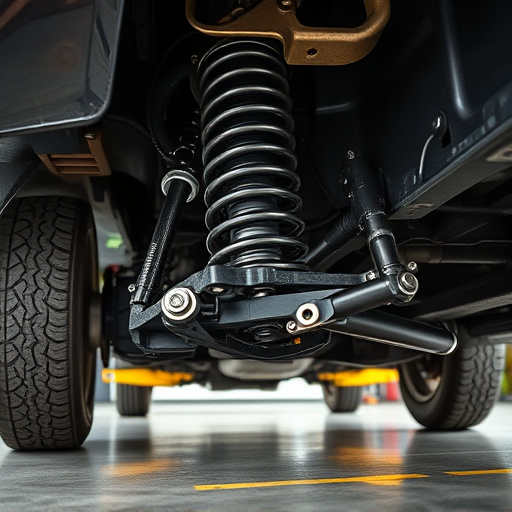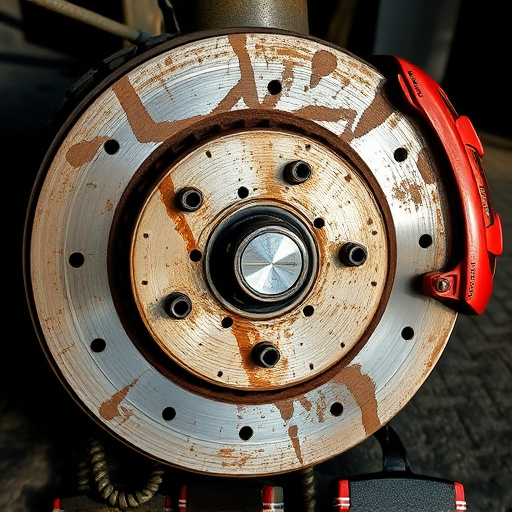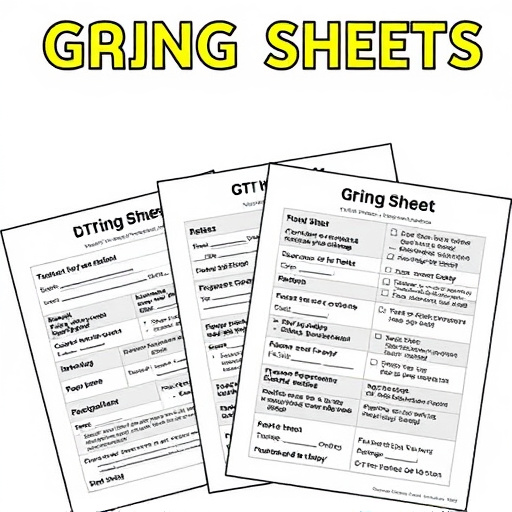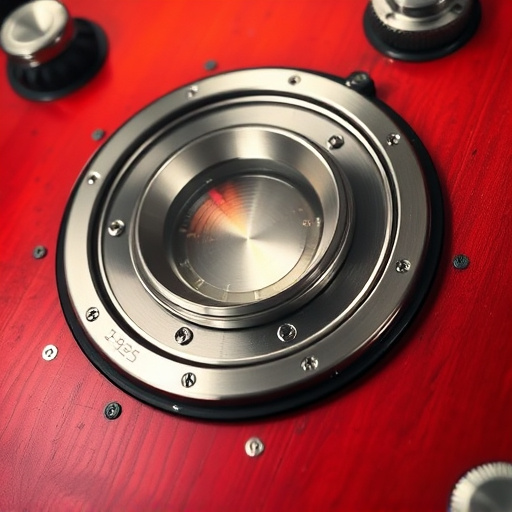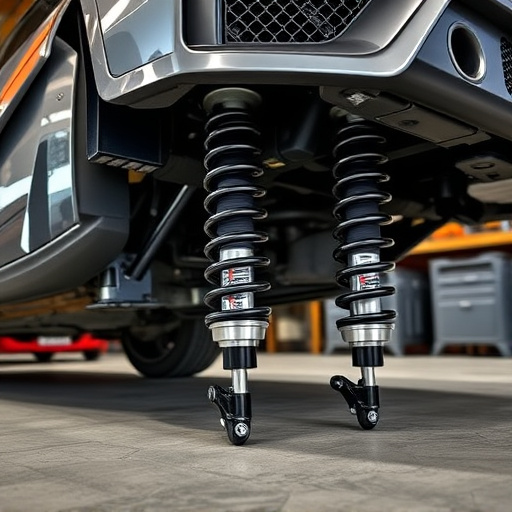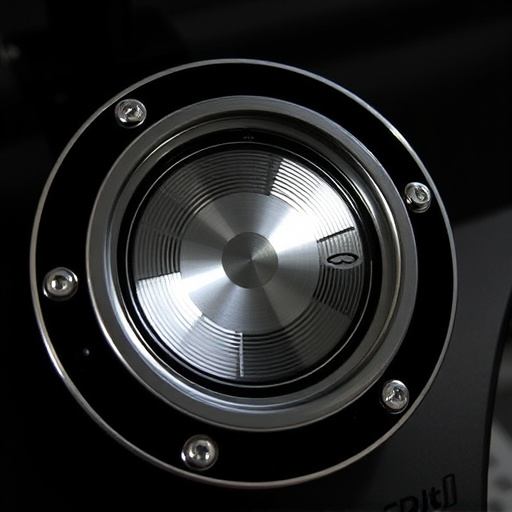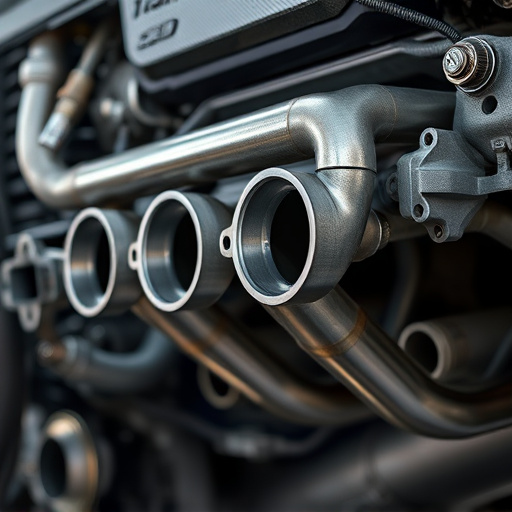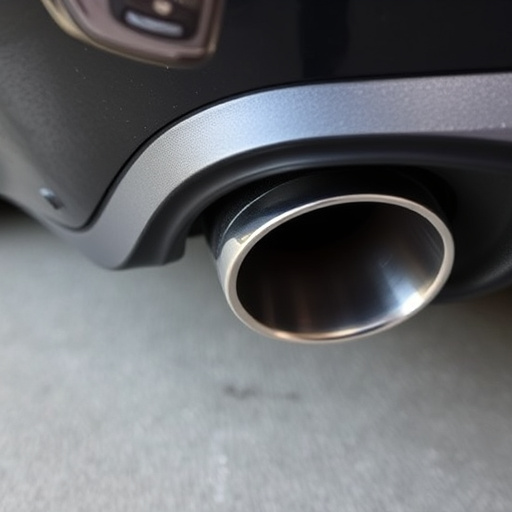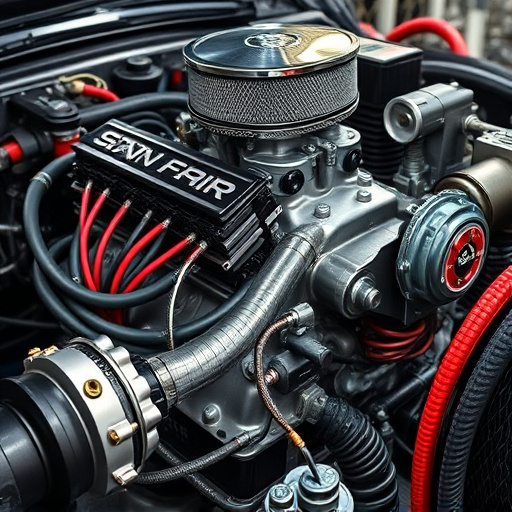The vehicle suspension system is a complex network of parts (shock absorbers, struts, springs, etc.) that works together to ensure safe and comfortable driving by smoothing road imperfections. Regular maintenance and early diagnosis of worn parts, such as increased bouncing or unusual noises, are crucial for optimal performance and safety. Replacing damaged components like shock absorbers or control arms through DIY methods or professional service can significantly enhance vehicle handling and ride quality.
“Unsure how to tackle a worn-out suspension system? This comprehensive guide is your auto repair companion. We’ll walk you through understanding your vehicle’s complex suspension components and their vital functions, helping you identify common signs of wear.
Learn to diagnose issues like shaken steering, uneven tire wear, or a bouncy ride. Then, follow our step-by-step instructions for replacing parts safely and effectively, ensuring your vehicle’s stability, safety, and smooth rides ahead.”
- Understanding Your Vehicle's Suspension System: Components and Functions
- Diagnosing Worn Out Suspension Parts: Common Signs and Symptoms
- Step-by-Step Guide: Replacing Worn Suspension System Parts Safely and Effectively
Understanding Your Vehicle's Suspension System: Components and Functions
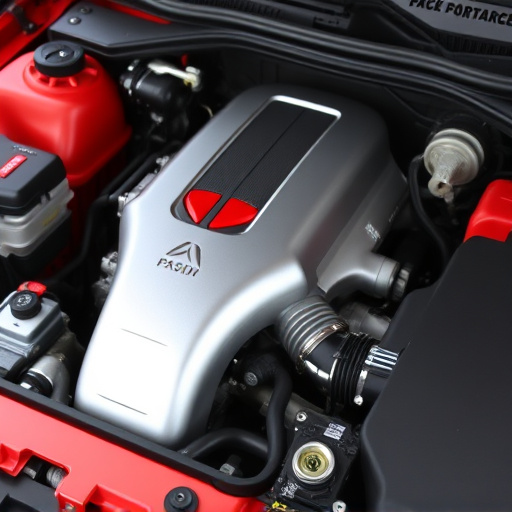
The vehicle suspension system is a complex network designed to ensure smooth and controlled movement. It consists of several critical components working in harmony to provide stability, comfort, and safety while driving. At the heart of this system are parts like shock absorbers, struts, coil springs, control arms, and ball joints, each playing a specific role in absorbing impacts from road irregularities and keeping your vehicle poised for optimal handling.
Understanding these components is essential when it comes to replacing worn-out parts. For instance, while brake pads are not directly part of the suspension, they work hand-in-hand to enable precise control during cornering and braking maneuvers. Similarly, performance air filters contribute to overall vehicle health by ensuring clean airflow to various systems, including those involved in suspension operation. Exhaust mufflers, though unrelated to direct suspension function, play a vital role in reducing noise pollution, enhancing the driving experience, and maintaining optimal engine performance.
Diagnosing Worn Out Suspension Parts: Common Signs and Symptoms
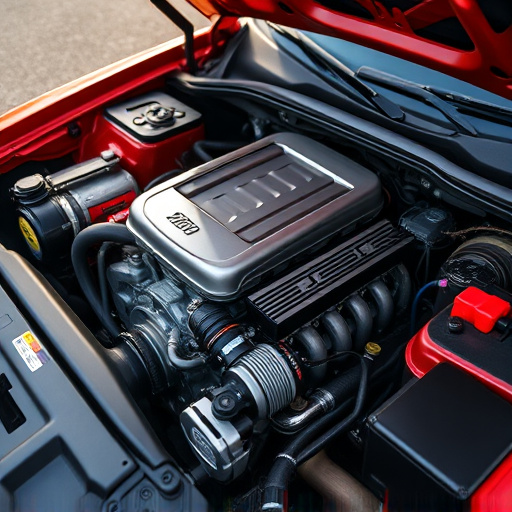
When it comes to diagnosing worn-out suspension parts in your vehicle, paying attention to subtle signs and symptoms is key. Over time, components like shock absorbers, struts, ball joints, and control arms can degrade due to constant use, resulting in reduced handling and safety issues. Common indicators include increased bouncing or swaying while driving over bumps, a noticeable dip or lean in one side of the vehicle during cornering, or an unusual noise coming from beneath the car when traversing uneven roads.
Regular maintenance practices such as checking for fluid leaks (including brake fluid, power steering fluid, and engine oil) and inspecting worn-out components like brake pads, air filter kits, and exhaust mufflers can help identify potential suspension problems early on. Keeping an eye out for these signs allows drivers to proactively address issues before they escalate, ensuring a safer and smoother ride for everyone on the road.
Step-by-Step Guide: Replacing Worn Suspension System Parts Safely and Effectively
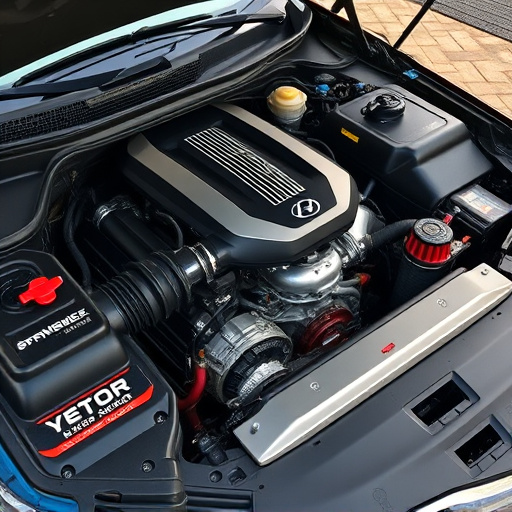
Replacing worn suspension system parts is a crucial task for any vehicle owner aiming to maintain optimal driving safety and performance. Here’s a step-by-step guide tailored for DIY enthusiasts or those seeking to understand the process before engaging professional services.
Begin by identifying the specific suspension components in need of replacement, be it shock absorbers, struts, or control arms. Inspect your vehicle’s owner manual for part locations and disassembly procedures. Ensure you have the right tools, including jack stands, wrenches, and socket sets, to safely lift and support the vehicle. Next, carefully remove the damaged parts, taking note of any nuts, bolts, or connectors. Before installing new suspension components, clean the area thoroughly to prevent dirt or debris from compromising performance. Install the new parts according to the manufacturer’s instructions, ensuring proper alignment and secure fastening. For those seeking an enhanced ride quality and improved handling, consider investing in coilover kits, a popular upgrade that allows for fine-tuned adjustments to spring rates and damping. Likewise, high-performance brakes can complement the upgraded suspension, providing better stopping power and overall vehicle control.
Understanding and maintaining your vehicle’s suspension system is key to ensuring safe and smooth driving. By diagnosing worn parts through common signs, you can effectively replace them using a step-by-step guide tailored for safety and efficiency. Regular checks and timely replacements of suspension components not only extend the life of your vehicle but also contribute to optimal handling and control. Remember, a well-maintained suspension system is vital for both driver comfort and road safety.
